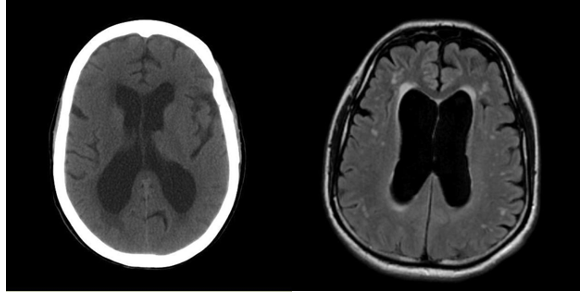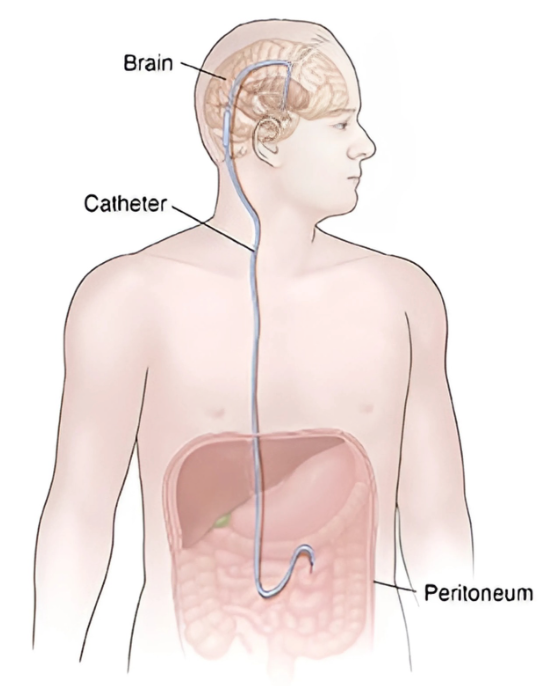As society ages, memory decline and brain degeneration have become hot topics. There are many causes of brain degeneration, with common ones including Alzheimer's disease and vascular dementia. However, there are currently few treatment options for neurodegenerative diseases.
Although the causes of brain degeneration are diverse, one specific condition known as normal pressure hydrocephalus presents with a classic triad of symptoms: memory loss, gait instability, and urinary incontinence. This condition has the potential for significant improvement through treatment.
The phrase "water on the brain" is a metaphor used to describe issues with intelligence, suggesting that having too much fluid in the brain is abnormal. Under normal circumstances, cerebrospinal fluid surrounds the brain and nerves, protecting them from injury while removing metabolic waste. Cerebrospinal fluid is produced in the brain's ventricles and flows to the surface of the brain, where it is absorbed by veins. When various diseases occur within the skull, cerebrospinal fluid may not drain properly, leading to pressure on nervous tissue, increased intracranial pressure, and damage to the nervous system, affecting functions such as memory and movement.







